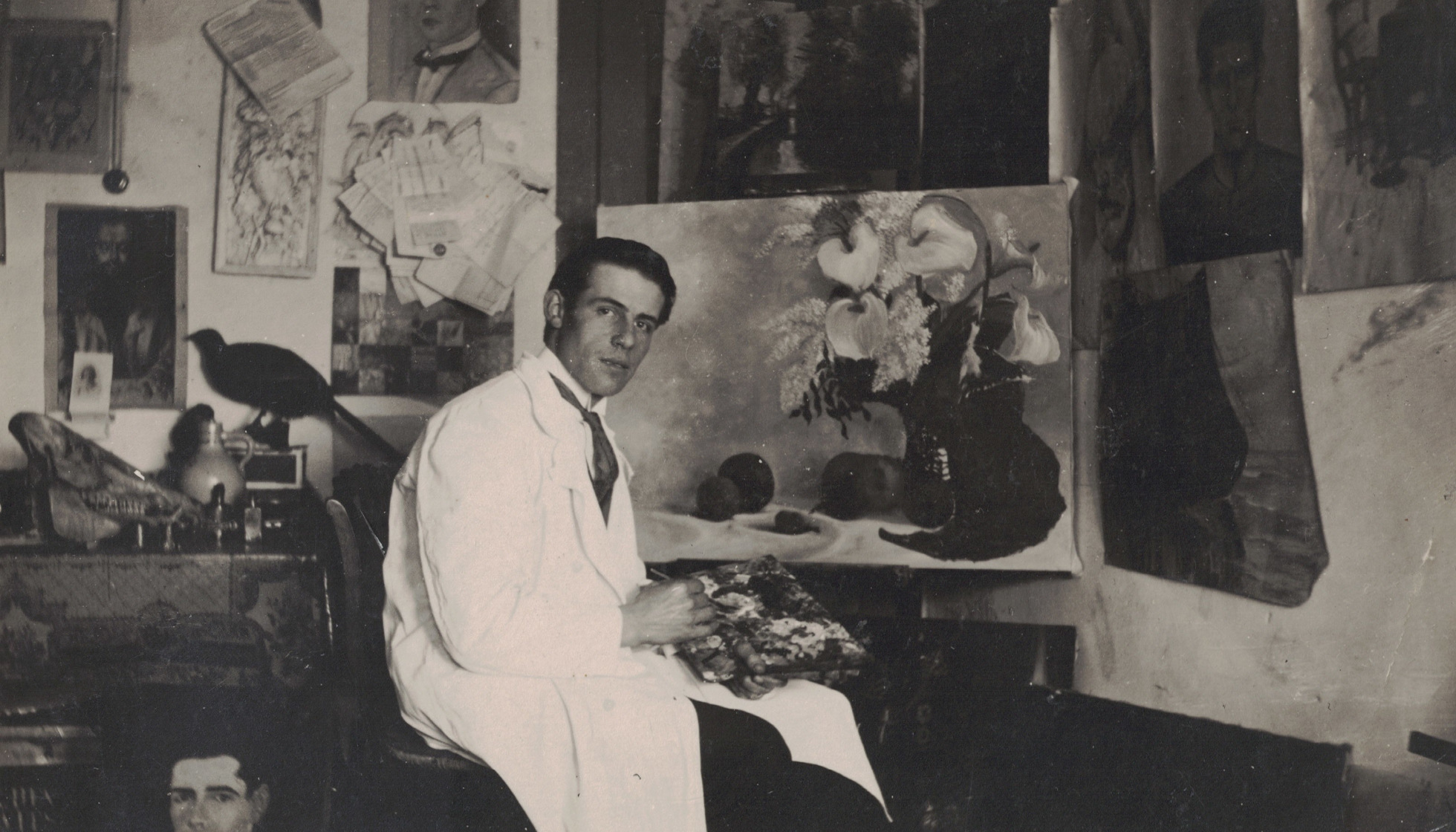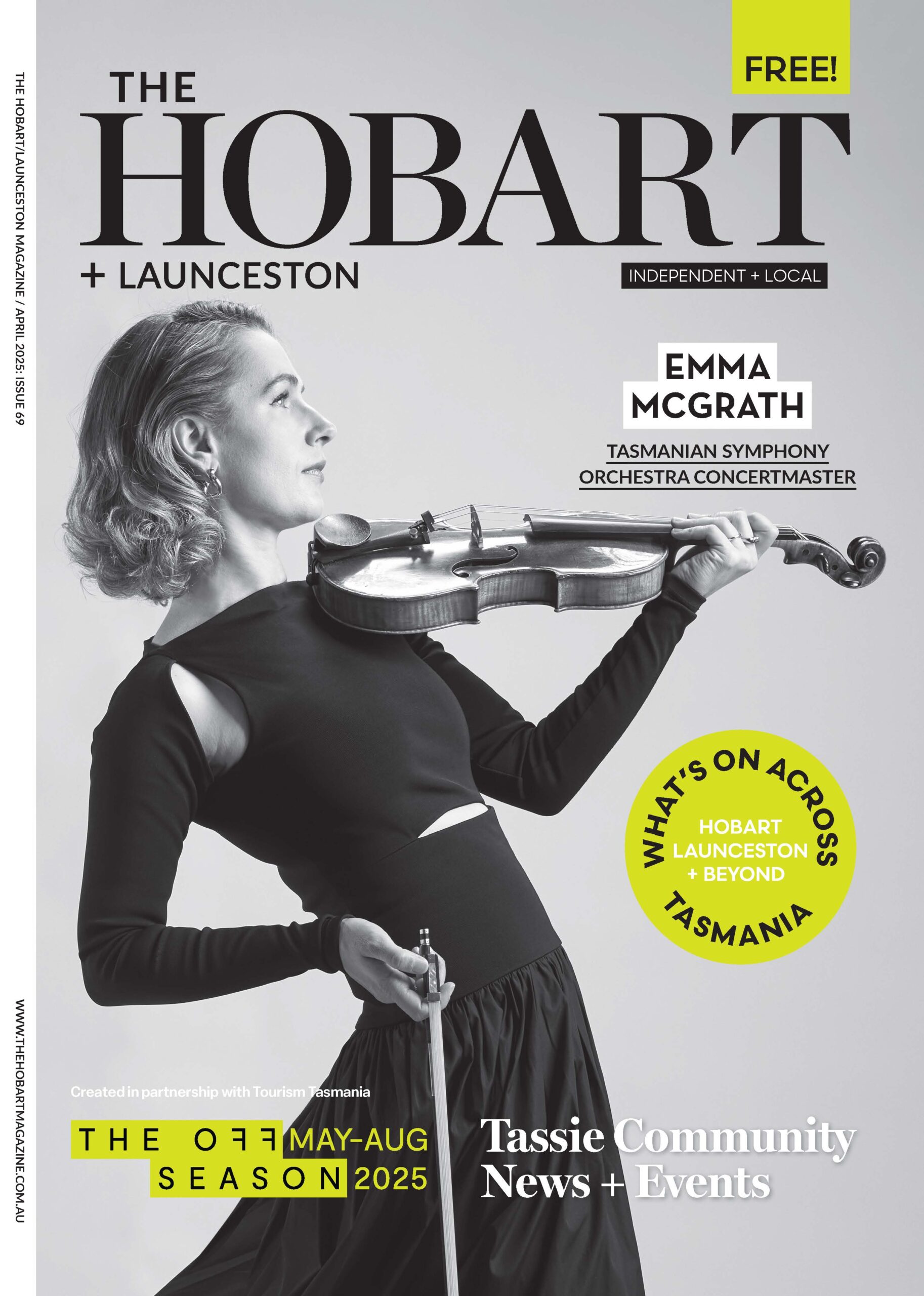Is this Tasmania’s Best Unknown Artist?
by Peta Hen

What is the life behind a painting? This is a question I have always asked myself whenever I look upon the masterful brushstrokes of the snowy Dutch homestead mounted on my living room wall.
The same goes for the landscape of Dover in my spare bedroom, and the eclectic home gallery over at my in-laws’ house; the classical paintings depicting iconic Tasmanian landscapes hung alongside family photos and motorsport memorabilia. These incredible artworks which have wound up in my everyday life have always fascinated me. But none so much as the untold story behind the artist himself. I spoke to his granddaughter to learn more about Tasmania’s best unknown artist: Karel Hen.
Born in the Netherlands in December 1898, Karel Hen was a classically trained fine artist schooled by teachers versed in the style of the Old Masters: Rembrandt, Vermeer, Steen and the like. These Dutch Golden Age characteristics are evident throughout Karel’s many paintings. However, despite his fine art qualifications, Karel Hen gained little traction as an artist. Instead, he made a living as a house painter before emigrating to Tasmania in 1952, after the war.
My interest piqued as this artist-comehouse painter had lived through both WWI and WWII. While he was not a soldier, he certainly had his share of war stories, surprisingly as a vigilante civilian who helped hide Dutch Jews during the Holocaust. One tale Karel told was about when two German soldiers raided his house while he was hiding Jewish refugees, and he ended up killing them. He buried the soldiers with help from his neighbour in the local soccer field. However, the German’s suspected foul play and dug up half the soccer field with plans to dig up the other half the next day. During that night, Karel Hen and his neighbour went back to the field, dug up the two dead soldiers and reburied them in part of the field the Germans had already dug up.
‘How ingenious’ I thought, looking up at his painting of the Richmond Bridge, tickled pink that the man behind these brushstrokes could be so plucky and brazen in the pursuit of his survival and that of the people he was protecting. But this was the type of man Karel Hen was, I soon found out. He’d even had his wife fashion him a coat with many concealed pockets so he could stash food for himself and sneak it to neighbouring families.
After the war ended, Karel Hen returned to painting houses for a living. However, times were much tougher post-WWII and in 1952, he migrated with his family to Tasmania for a better life. Once in Hobart, his son, Karel Hen Jr, would apply for work to support his family. Karel Hen Sr restarted his house painting business here in Tasmania, however his real love was for fine art which he pursued in his spare time. After retiring from his business, Karel continued to paint the incredible Tasmanian scenery, adding to his ever growing personal collection.

Karel’s granddaughter remembered fondly the long drives with her grandfather, and how he would yell “stop!” whenever he caught sight of a landscape that inspired him. Out of the car he would barrel with camera in hand just to get a photo of a river or bridge he would later paint. Karel Hen had one official art exhibition during his lifetime held at the St David’s Cathedral rooms in 1978 as part of a fundraiser for the Lions Club. Sadly, he didn’t sell many paintings, his granddaughter told me. He did donate a few paintings from his collection, one of which used to hang in the Royal Hobart Hospital foyer for a time. The majority of his artwork now hangs on the walls of his grandchildren and great grandchildren’s homes, each a piece of Tasmanian history captured by a man with a humble yet incredible story of integrity: Tasmania’s best unknown artist.

